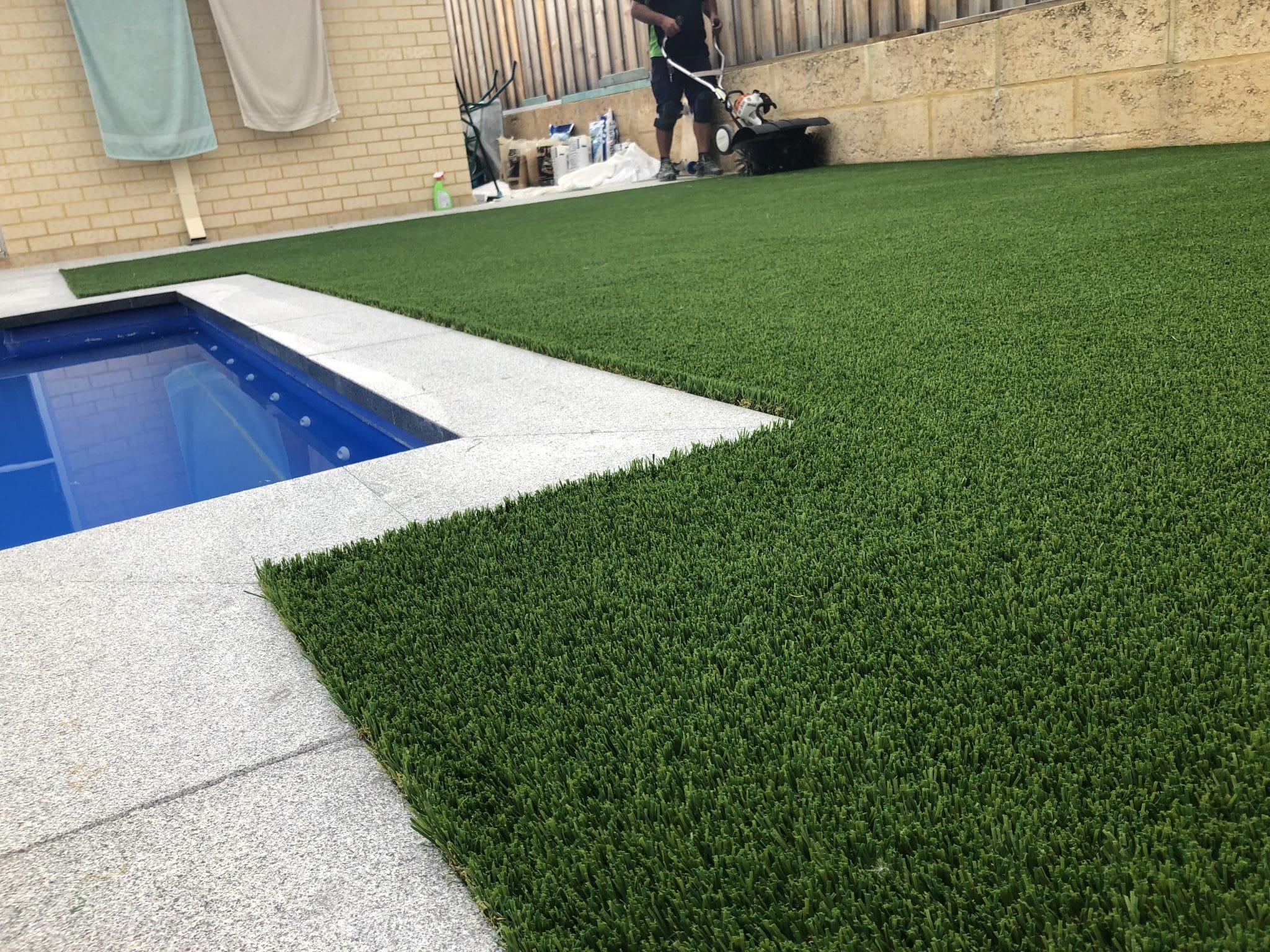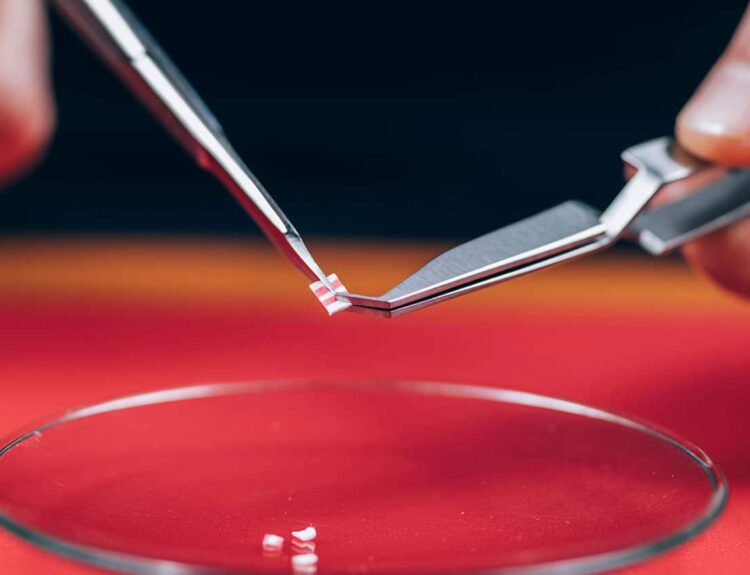Creating a lush, healthy lawn is more than just a weekend chore; it requires a blend of dedication, knowledge, and the right techniques. A well-maintained lawn not only enhances the beauty of your home but also contributes to the environment by providing oxygen, cooling the air, and preventing soil erosion. In this article, we delve into essential lawn care strategies that will help you cultivate a verdant and robust lawn that’s the envy of the neighborhood. From watering wisdom to mowing mastery, we’ll explore the lesser-known yet critical aspects of lawn maintenance that can make all the difference.
Watering Wisdom: Hydrate for Health
One of the most crucial elements of lawn care is proper hydration. Overwatering can be just as detrimental as under-watering. To promote deep root growth and resilience, it’s recommended to water your lawn deeply but infrequently. According to the University of California’s Division of Agriculture and Natural Resources, watering once a week for a longer duration encourages roots to extend deeper into the soil, enhancing drought resistance. Aim for about 1 to 1.5 inches of water per week, either from rainfall or irrigation.
Timing is also key. Early morning watering reduces evaporation and allows the grass to dry before nightfall, minimizing the risk of fungal diseases. Evening watering can leave the grass damp overnight, creating a breeding ground for disease.
Mowing Mastery: Cut with Care
Mowing is not just about keeping your lawn at a certain height; it’s about maintaining its health and appearance. Scalping, or cutting the artificial grass too short, can weaken your lawn and expose it to pests and diseases. The general rule is to never remove more than one-third of the grass blade length in a single mowing session. This practice keeps the lawn dense and prevents weeds from taking hold.
Sharp mower blades are essential for clean cuts that heal quickly, while dull blades tear the grass, leading to discoloration and potential disease. The University of Missouri Extension suggests sharpening mower blades at least once a year or after every 10 hours of mowing time.
Avoid mowing wet grass to prevent clumping and uneven cuts, which can lead to brown spots. If you’re faced with an overgrown lawn, raise the mower height and gradually reduce it over subsequent mowings to avoid stressing the grass.
Soil and Nutrition: The Foundation of a Healthy Lawn
A vibrant lawn starts with healthy soil. Conducting a soil test can reveal nutrient deficiencies and pH imbalances that may be hindering grass growth. Based on the results, you can tailor your fertilization and amendment practices to address specific needs.
Fertilization should be based on the type of grass and the growing season. For example, cool-season grasses benefit from fertilization in the fall, while warm-season grasses prefer spring and summer feeding. The Environmental Protection Agency recommends using fertilizers sparingly and choosing organic options when possible to reduce the risk of nutrient runoff and pollution.
Aeration and Overseeding: Revitalize Your Turf
Aeration, the process of creating small holes in the soil, allows air, water, and nutrients to penetrate the grass roots. This helps alleviate soil compaction and promotes root growth. Overseeding, or planting new grass seeds over existing turf, can fill in bare spots and improve lawn density. The best time for aeration and overseeding is during the growing season when the grass can recover quickly.
Pest and Weed Control: Protect Your Green Investment
Pests and weeds can quickly undo all your hard work. Integrated Pest Management (IPM) strategies, such as proper mowing and watering, can prevent many problems. When chemical treatments are necessary, use them responsibly and according to the label instructions to minimize environmental impact.
By implementing these lawn care strategies, you can ensure your lawn remains a beautiful and functional part of your home’s landscape. Remember, a little knowledge and the right approach can go a long way in bringing out the best in your lawn.



